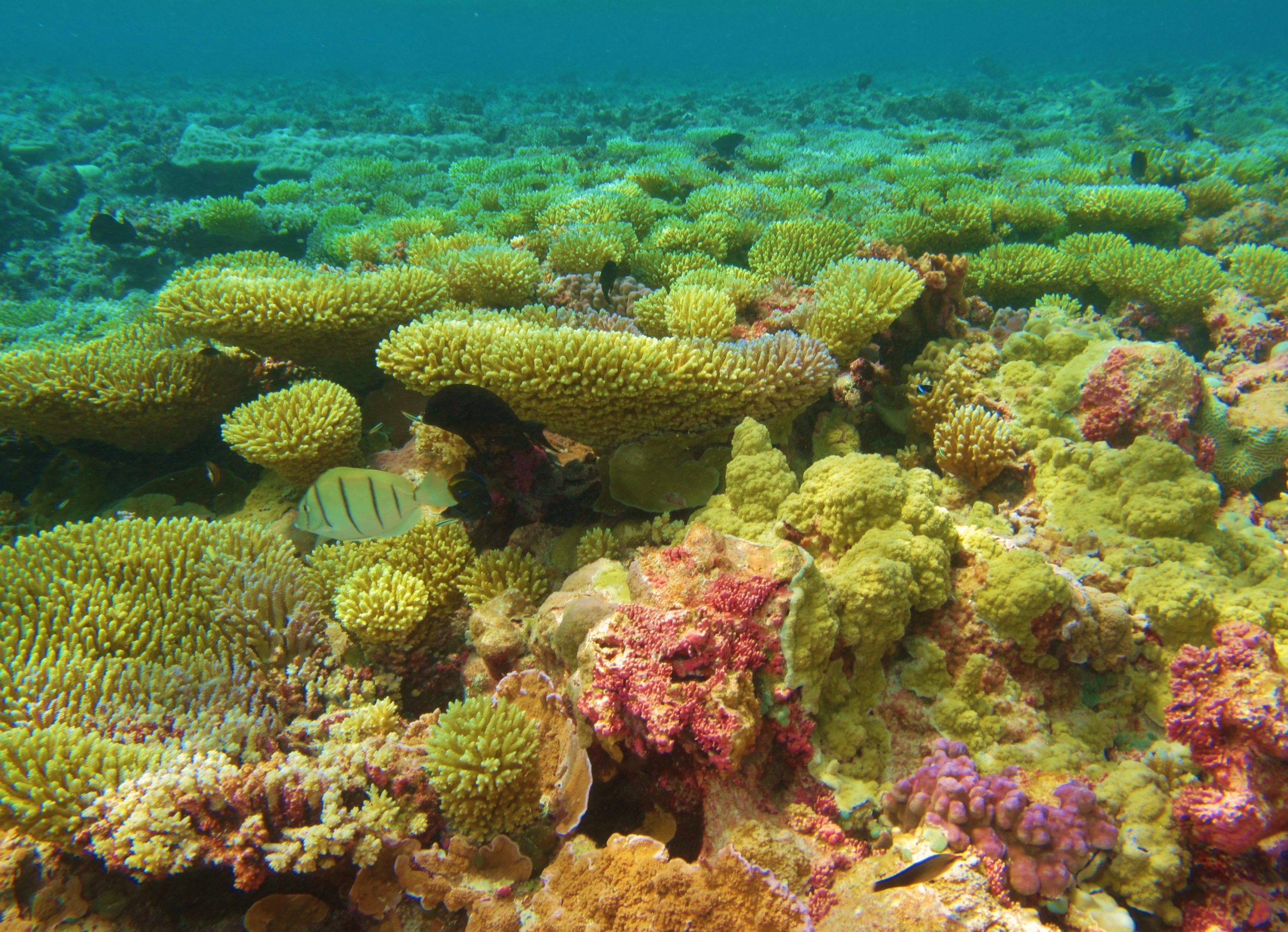
I was thrilled when I heard the news about President Obama creating the largest marine reserve in the world by expanding the Pacific Remote Islands National Marine Monument (PRINMM). At CORAL, we work all over the world to create networks of marine protected areas. But with any marine protected area, successful management is always a struggle. And it’s something we’re working to address. How do you make sure a marine protected area is going to be managed and enforced, and how do you get the local community and stakeholders to buy-in and support the effort?
So naturally when I heard about the PRINMM, I couldn’t help but wonder—how is the area going to be managed? How are they going to get the buy-in of key stakeholders? How will they enforce regulations?
The new reserve is going to be six times its current size—it will span across 383,000 acres. And it holds some of the most pristine and healthy coral reef ecosystems in the world. Its isolation and remoteness make it a vital area for understanding how healthy coral reefs function and adapt to global changes. Our Reefs Tomorrow Initiative has been leading these research efforts on Palmyra Atoll, located within the PRINMM, to help steer conservation efforts on reef systems elsewhere in the world.
The area is also an important habitat for bluefin tuna—a species in dire need of better protection. According to the Center for American Progress, a single bluefin can be sold for more than $20,000, and there is an incredibly popular, lucrative, and under-regulated market for them in Japan.
The Pacific Remote Islands National Marine Monument was created by Proclamation 8336 in January of 2009 by President Bush. The Proclamation states that “the Secretaries of Commerce and the Interior shall not allow or permit any appropriation, injury, destruction, or removal of any feature of this monument except as provided for by this proclamation and shall prohibit commercial fishing within boundaries of the monument.”
That being said, a study published by the Marine Conservation Institute in 2012 found that although the Proclamation prohibited fishing by U.S. vessels in the area, there are no enforceable regulations to prevent such activities, and that penalties are too low to deter illegal fishing. Further, the study found that the U.S. Coast Guard, NOAA, and U.S. Fish and Wildlife are too underfunded and underequipped to manage the area effectively, and lack the collaboration and cooperation necessary between co-enforcers to be effective. And that was before the expansion.
Unfortunately, despite these challenges, the recent Proclamation to expand the reserve states that “nothing in this proclamation shall change the management of the Pacific Remote Islands Marine National Monument as specified in Proclamation 8336.” While the expansion of the Marine National Monument is a great step forward in protecting our oceans, I sincerely hope more resources are dedicated to the effort to prevent this area from being only a “paper park.” The work is just beginning, so let’s keep heading in the right direction!
